

If you’re like me and love collecting data to improve various aspects of your life, the Oura Ring is a fantastic tool to do just that.
This sleek and stylish wearable is more than just a fashion statement; it helps you gain insights into your daily activities, sleep patterns, and overall well-being.
So if you want to make data-driven decisions to modify your habits and optimize your daily routine, keep reading to learn why I recommend trying the Oura ring out for yourself.
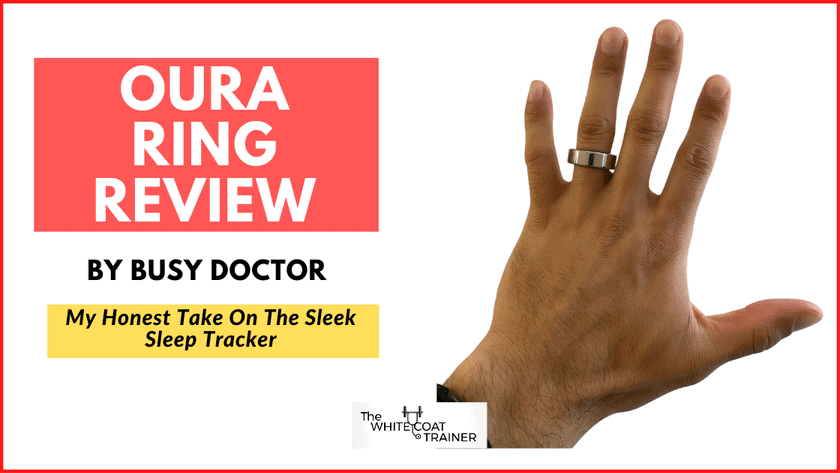
This post may contain affiliate links: meaning we may receive a commission if you use them.
The Oura Ring is a compact, smart wearable device that tracks various factors related to sleep, activity, and overall wellness.
Using advanced sensors, it measures body temperature, heart rate variability, and movement to provide insights into sleep quality, activity levels, and recovery.
I have been using the Oura Ring for the past month now, and I was so impressed by it that I recommend it to all of my friends who are data-geeks like me.
The primary features tracked by the Oura Ring include:
The ring connects with the accompanying Oura ring app on your smartphone, where you can access your data and see suggestions for improvement.
Here is everything you can expect when you purchase the ring.
Ordering the Oura Ring Generation 3 is a straightforward process. I visited the official Oura website and chose my preferred ring size, style, and color.
I went with Heritage Silver because it was the cheapest, haha.
You have the option of ordering a free sizing kit which allows you to find the perfect fit for your finger. I already knew my size, so I skipped this step (doing so will enable you to expedite the delivery of the ring).
If you are between two sizes, they recommend sizing down. I chose to size up to account for occasional finger swelling.
Once I placed the order, I received the ring in a couple of days.
The Oura Ring features a sleek and minimalist design, making it an attractive accessory.
Right out of the box, you can tell it is a high-quality and durable piece of tech.
I opted for the silver option, which matched the wedding band I was already wearing on my ring finger. Although the ring is quite larger than my band (see the picture below), it is still lightweight and comfortable.
You can definitely wear it all day and night without any discomfort.
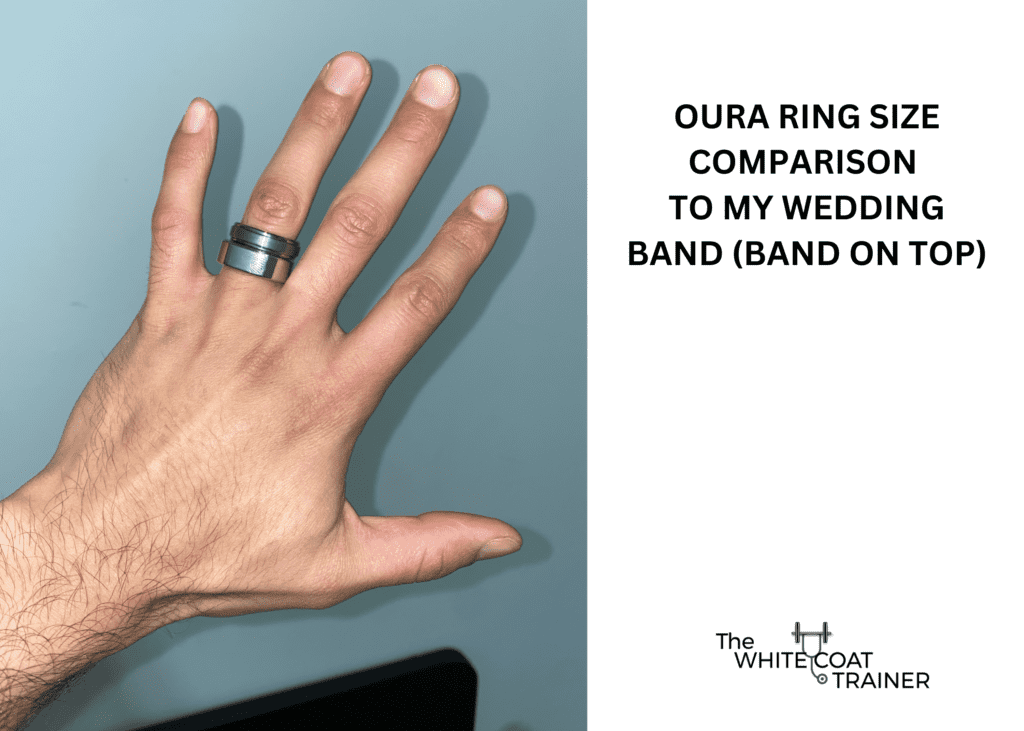
Setting up the Oura Ring was simple and quick. You download the Oura app on your smartphone and follow the on-screen instructions to pair your ring with your device via Bluetooth.
The app guides you step-by-step to create an account and adjust your personal settings.
Within a few minutes, you will be all set.
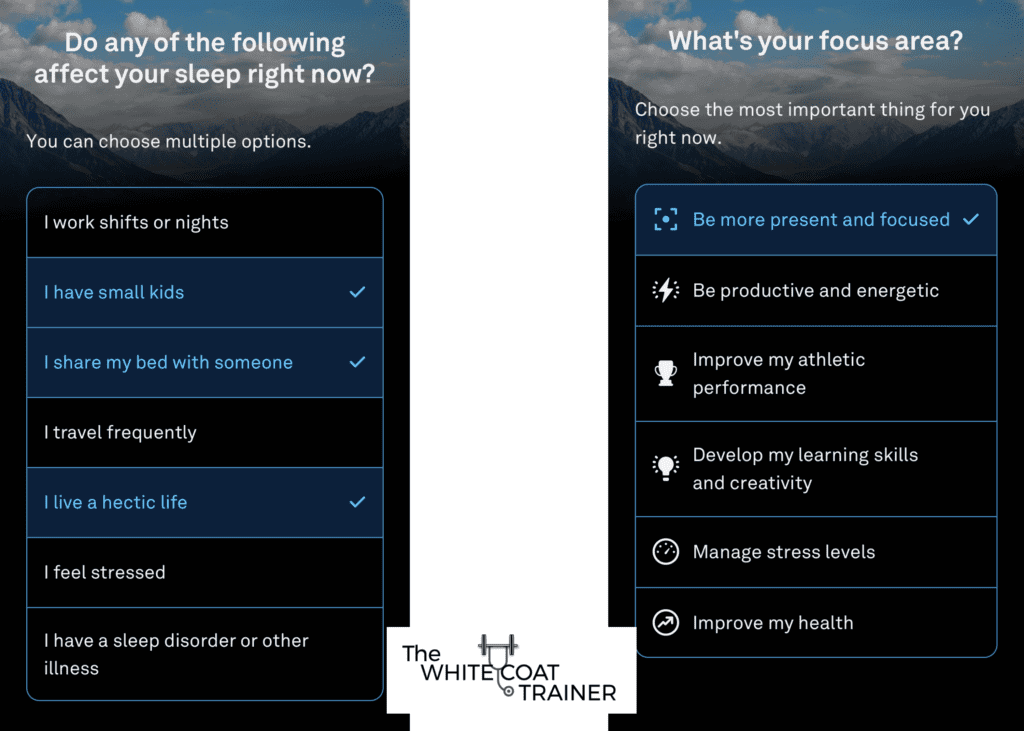
Your ring will start collecting meaningful data once you wear it to sleep. You can choose to track your current heart rate, but the magic of the Oura Ring lies in its sleep-tracking capabilities.
After you wake up, you can open the app and view your sleep data in real time. The app will give you detailed insights into your sleeping patterns, such as the stages of sleep and the overall quality of your rest.
After waking up, it only takes a few moments to sync and present the data.
The Oura Ring mobile app features a user-friendly interface. The app’s home screen presents the three key daily metrics: sleep, activity, and readiness.
You will get a score between 0 and 100 for each metric. The higher the score, the better your sleep quality, activity, and readiness to take on the day.
The app is one of the easiest to use and understand.
Other apps I have seen feel clunky, cluttered, and overwhelming, but this one only contains the essential information you need.
Data insights from the Oura app are tailored to help you make informed decisions about your well-being. The app offers personalized guidance based on individual data.
For example, if you are not getting enough sleep, the app will make recommendations on how to improve your sleeping patterns.
Key data insights include:
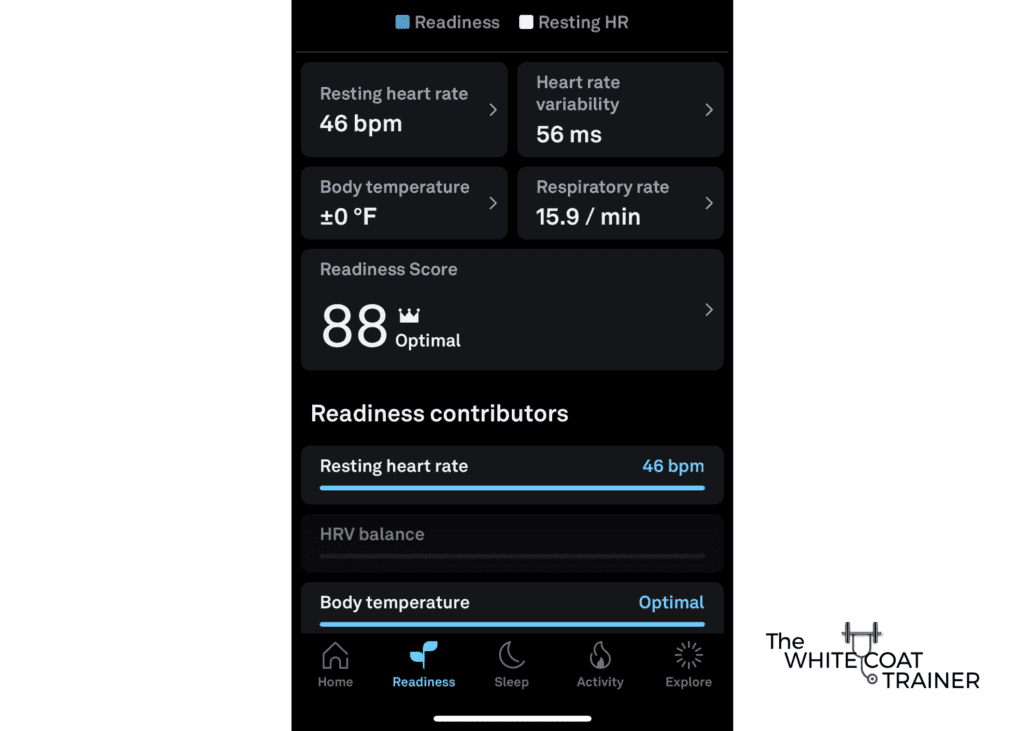
These data points are presented alongside relevant contexts, such as averages or comparisons to your previous performance.
The Oura Ring has provided me with numerous insights into my daily lifestyle, habits, and personal wellness. Here are five key takeaways from my experience using the device:
The Oura Ring’s data allowed me to understand which factors had the most significant impact on my quality of sleep.
For instance, I learned that if I ate a large meal within two hours before bed, my sleep score would suffer- especially my sleep latency. In addition, I also discovered that my overall stress levels and screen time in the hour leading up to sleep had a tangible impact on the quality of my rest.
These things are obvious, but seeing this data visually in the form of graphs and charts really drove home the point.
The Oura Ring tracks not just how many hours of sleep you get but also the quality of your zzzs.
Even though I might have gotten fewer hours of sleep than I had hoped on some nights, the quality was still very high.
This allowed me to recognize that I don’t always need 8 hours of total sleep, especially if I feel energized and well-rested the next day (which I attribute to creating a good sleep environment).
Plus, I have a baby, so getting a lot of sleep is a luxury!
I found that wearing the Oura Ring helped prevent me from making unhealthy sleep hygiene choices. Simply knowing that I was collecting data that would be stored in the app gave me pause when deciding whether or not to stay up late or mindlessly scroll through my phone.
My desire to gamify things motivated me to try and keep my sleep scores high. I also understand that this insight could easily be a con for others.
One of the biggest criticisms of these health tracking devices is that they can induce a nocebo effect. In other words, users become overly obsessed with the data and expect to feel terrible if they see a low score on the app, not necessarily because of any actual physical symptoms.
This obsession can lead to over-analyzing and worrying about the data creating a negative feedback loop, which defeats the purpose of tracking it in the first place.
To avoid this, I recommend not checking the Sleep and Readiness score first thing in the morning. Instead, I get up, go to the bathroom, and judge how I’m feeling before checking my score.
In the first few days of having the Oura Ring, I started to feel unwell and noticed my body temperature had spiked. I went to bed early and slept the night away.
When I woke up, the Oura Ring threw up several red flags. It had noticed my body temperature spike, as well as a heartbeat that was significantly higher than usual. Thankfully, my respiratory rate and blood oxygen levels remained relatively normal.
My readiness score was super low, and the app encouraged me to turn on “rest mode. ” It even asked me to choose from a list of symptoms I was possibly experiencing.
It was amazing to see how quickly the device identified my illness and encouraged me to take the necessary steps to recover.
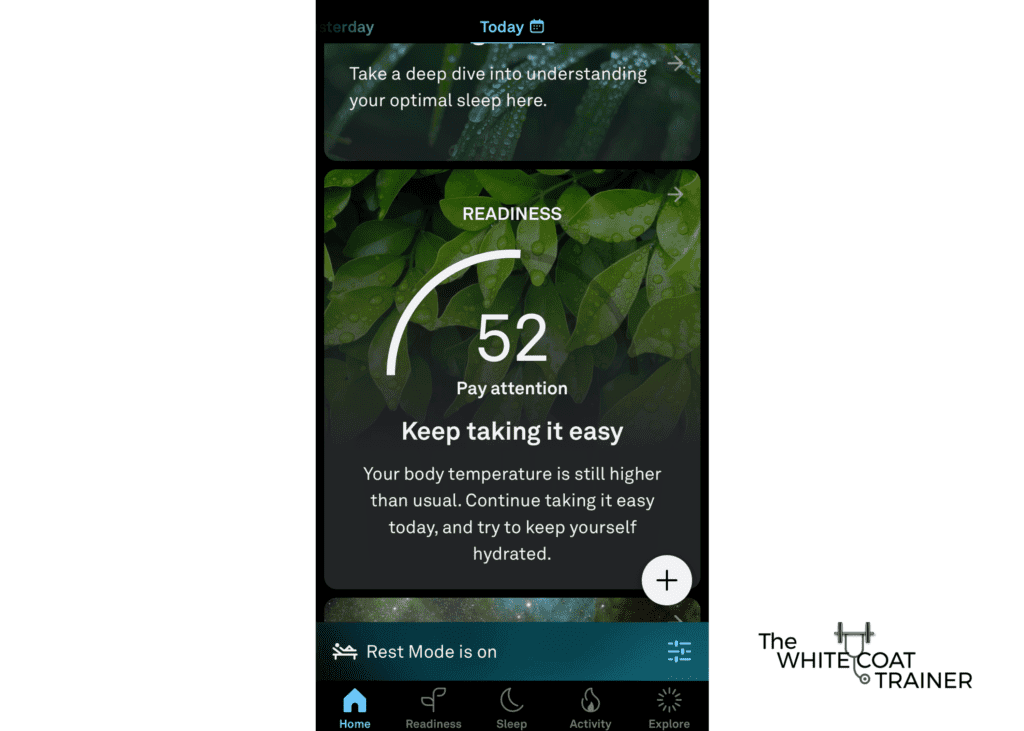
—–
The most fascinating thing about tracking these data is that it provides real-time feedback on how your actions impact your sleep daily.
By visualizing your sleep scores in real-time and understanding how your behavior impacts them, you may be more inclined to make better and more informed decisions each day.
–
If you are interested in giving the Oura Ring a try – click here to order yours today.
Let’s do a quick summary of the pros and cons of the Oura Ring.
The Oura Ring has several benefits that make it stand out in the wearable technology market:
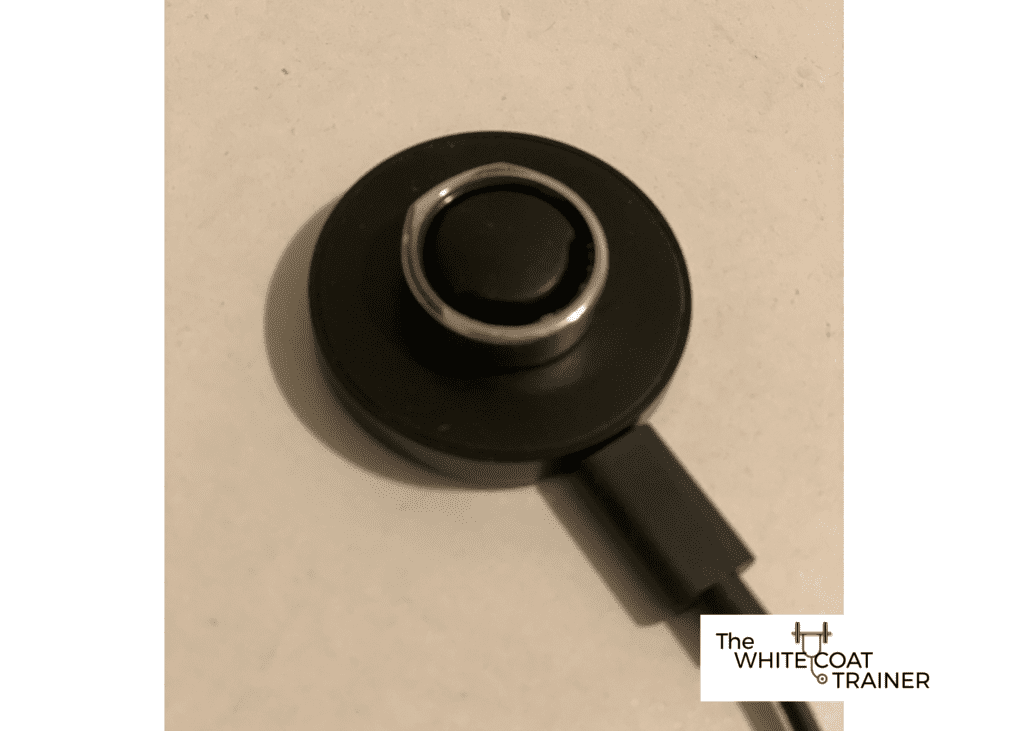
While the Oura Ring has many advantages, there are also a few drawbacks to consider:
The Oura ring has a lot to offer in terms of functionality and design. It tracks several key health metrics, including sleep quality, heart rate variability, and temperature changes, to provide users with a comprehensive look into their overall well-being.
It may be a valuable and worthwhile purchase if you are a data nerd and value the specific data points tracked by the Oura ring.
However, it does have a hefty upfront price of $299 for the cheapest version. It also requires a monthly membership fee to access all the data and personalized insights.
With that said, the Oura ring is a premium product that uses advanced and impressive technology. It could be worth the investment if you are looking for a comprehensive sleep and recovery tracker.
Click here to give it a try for yourself!
Fitbit and Garmin are more affordable competitors and allow users to track basic health metrics such as steps, sleep, heart rate, and burned calories.
Conversely, Whoop is similar to Oura in that it helps users track recovery, sleep patterns, and readiness levels. The nice thing about the Whoop is that you only pay for the membership, not the strap. (Personally, I think the strap is ugly and takes up too much real estate on your wrist for something that can’t even tell the time).
The Apple Watch also tracks more health data than the Oura Ring, but it isn’t great for sleep tracking. (Unless you like wearing a bulky watch to bed).
Overall, the Oura Ring has a competitive edge thanks to its design. All of the other devices go on your wrist and are much bulkier.
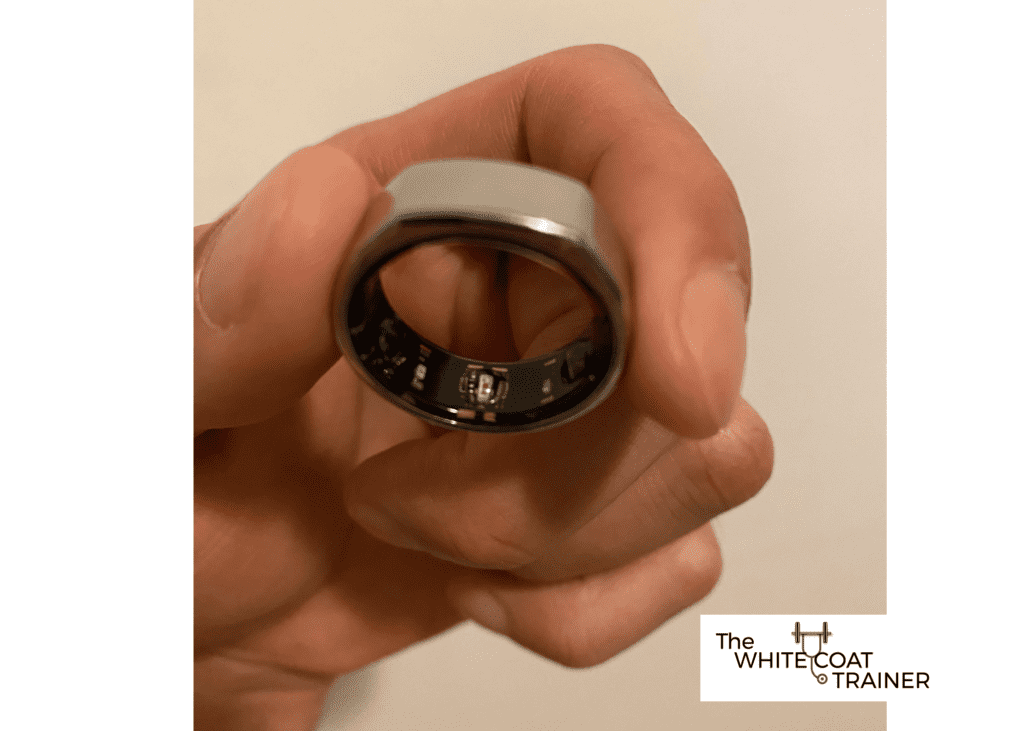
Also, Oura primarily focuses on providing comprehensive sleep analysis, whereas competitors offer various functionalities, including fitness tracking, smart notifications, and GPS.
*Note: There is another smart ring on the market known as Circular, which I am looking to try in the near future.
While the Apple Watch is a highly accurate wearable device, the Oura Ring takes a more focused approach to tracking sleep and recovery metrics. I have worn both to bed, and they provide similar numbers, although the Oura Ring sleep tracker provides richer insights.
The Apple Watch excels in tracking other fitness-related activities, but the Oura Ring’s accuracy in these specific areas might be slightly better.
Yes, you can wear the Oura Ring all day, as it is designed to track your daily activity and recovery. However, you may choose to wear it only during sleep if your primary concern is monitoring your sleep quality.
Oura recommends wearing the ring on your non-dominant hand, preferably on the index finger. I wear mine on my ring finger, and I have also seen people wear it on their middle finger.
Yes, the new third-generation Oura ring requires you to pay a $5.99 monthly subscription to get all of the detailed insights. If you don’t pay for the membership, you only see your three daily scores (sleep, readiness, and recovery).
The Oura Ring gen 3 is a sleek and innovative sleep tracker that offers valuable insights into your daily activity, sleep quality, and overall readiness for the day. With its comfortable design and easy-to-use app, this device is worth trying if you want to assess your sleep hygiene and improve it.
If there is one thing that the Oura will help you do, it is to become more conscious of how your lifestyle choices affect your sleep.
To me, it is definitely worth it.
Give it a try today!
Other Recommended Tech You Might Be Interested In:

Alex Robles, MD, CPT / Brittany Robles, MD, MPH, CPT
Alex & Brittany Robles are physicians, NASM Certified Personal Trainers, and founders of The White Coat Trainer: a resource dedicated to improving the health and fitness of busy professionals using time-efficient strategies. Their advice has been featured in My Fitness Pal, Prevention, Livestrong, Reader’s Digest, Bustle, The Active Times, and more. Learn more about them here.